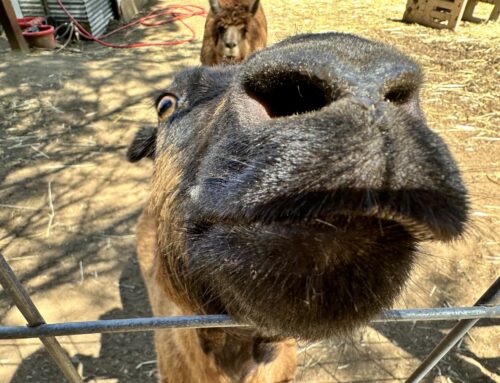A dramatic increase in standing water will provide ample areas for mosquito breeding.
By Dr. Jeanne Haggerty-Arcay

Jeanne Haggerty-Arcay
The effects of our recent excessive rain will have impacts throughout our ecosystems and pet populations. Increased water after years of drought will cause a surge in plant growth, pollen accumulations and certain diseases that will be felt throughout the valley.
Allergies: Anytime we see more than normal rainfall, we also see an early bloom in plants and an early and long allergy season. Grasses, trees and other plants, which may not have had sufficient water in previous years, will now flourish and most pets with allergies will start to show symptoms such as itching, chewing feet, ear infections, and eye issues earlier than usual and to a greater severity.
Foxtails: Foxtail growth will flourish during the early spring and as summer approaches and they dry out, we will see an increase in the numbers of dogs afflicted with foxtail-related issues. Keep your pet on leash and avoid off-trail areas. Some haircoats will tend to grab onto foxtails and these pets should be clipped short or avoid foxtail regions if possible.
Equine Lameness: The green pastures will tempt many horse owners to turn their horses out to pasture in order to save on hay. However, most horses here are not acclimated to these rich pastures and many will suffer significant and sometimes very severe foot issues, such as laminitis, from eating this lush grass. The excessive moisture will also soften hooves, which will later dry out and make them prone to hoof abscesses.

Hay: The availability of hay this season may be affected by all the recent rainfall, which has flooded many fields. The hay that does become available, may vary in both composition and price compared to previous seasons. This can affect local ranchers and livestock health throughout the valley.
Leptospirosis: This is a bacterial disease which can be spread by wildlife and rodent urine. The bacteria does not survive long in dry areas but will survive in water. It has been diagnosed in pets who have had access to local reservoirs and creeks. With local waterways at recent highs, it will be more tempting for pet owners to bring their pets out to these areas. Talk to your veterinarian to see if your pet is at risk as there is a vaccine available.

Ticks: More lush grass and brush may also lead to an increase in tick populations. They can carry a variety of diseases, including Lyme disease.
Mosquitoes: A dramatic increase in standing water will provide ample areas for mosquito breeding. They spread a variety of serious diseases which can affect humans, pets and horses. Clear any standing water when possible. If you have areas of standing water which cannot be removed, there are fish available which eat mosquito larvae and can help control the number of adult mosquitoes populations.






